Facing the risk of losing mobility due to rare disease
Only 37 years old, Mr. M is a healthy man, the main breadwinner of the family. However, over the past year, the pain in his joints, pain along his long bones, and dull muscle aches have caused Mr. M's body to rapidly deteriorate. After many examinations, he was suddenly discovered to have fractures in many places and had to have an artificial hip replacement due to a broken femoral neck, even though he had not previously suffered any injuries.
After hip replacement surgery, Mr. M hoped that his health and mobility would gradually recover, but in reality, his pain throughout his body became increasingly severe.
“My joints and bones ache like an elderly person, the pain is getting worse than before, the pain is constant both when working and resting. Every time I change position or move, it is very difficult, most of the time I have to use crutches or ask my relatives for help. For more than a year now, I have to take a taxi to go to work and cannot drive myself,” Mr. M shared.

MSc. Dr. Nguyen Thi Van examines patient M (Photo: CC Hospital).
Faced with his increasingly serious condition, he returned to Hong Ngoc General Hospital for examination. Here, after a series of tests, imaging diagnosis, bone density measurement... doctors determined that he had osteomalacia accompanied by hyperparathyroidism and chronic hypophosphatemia.
MSc. Dr. Nguyen Thi Van - Department of Musculoskeletal, Hong Ngoc General Hospital - who directly examined and treated the patient shared: "Osteomalacia is a condition in which the bones become soft and weak due to a disorder in bone metabolism, causing the bones to become brittle and easily broken. The disease is rare and often difficult to detect because the symptoms are easily confused with other musculoskeletal diseases such as: common osteoporosis, disc herniation, hyperparathyroidism... According to world medical literature, there are currently less than 1,000 recorded cases and in Vietnam, this is one of the few cases that were detected promptly".
The journey to trace the origin of rare diseases
There are many causes of osteomalacia in young patients. Finding the cause will help treat the right target, the patient can recover completely, stop the rate of bone weakening, limit the risk of further fractures, joint deformities and permanent loss of mobility.
However, finding the cause of this rare disease is not simple, MSc. Dr. Nguyen Thi Van also said: "The average time to diagnose the disease is 3 and a half years, in some cases it takes up to 42 years to find the cause, which means the patient has to live with prolonged bone and joint pain."
In addition, in Vietnam, tests to diagnose osteomalacia are still limited, making Mr. M's journey to find the cause of the disease difficult.
As soon as they received his case, the doctors of the Department of Orthopedics, Hong Ngoc General Hospital conducted a comprehensive assessment of many factors. The doctors carefully evaluated genetic factors (family history, siblings, bone development process since childhood), checked occupational factors such as exposure to toxic chemicals, and reviewed his special diet and ability to absorb nutrients. However, all results did not detect any abnormalities, these causes were ruled out.
In addition, the doctor continued to evaluate the risk factors: Hyperparathyroidism and chronic hypophosphatemia. The ultrasound results did not detect a tumor in the parathyroid gland. Initially, it was determined that Mr. M's hyperparathyroidism was secondary, a complication of osteomalacia, not the cause of the disease. Finding the cause of hypophosphatemia through testing, the urinary phosphorus excretion index was found to be increased, suspecting that the patient had a tumor that increased the secretion of FGF23 - a factor that increases phosphorus excretion through the urinary tract, causing phosphorus deficiency, bone metabolism disorders and leading to osteomalacia.

Image of tumor in the soft tissue area under the right thigh on MRI film (Photo: BVCC).
“It is important to identify the location of the tumor to completely eliminate the cause of phosphorus deficiency that causes brittle bones. However, the challenge of the diagnostic process is that FGF23 hypersecreting tumors are usually benign, small, painless tumors that can appear anywhere in the body.
To confirm the diagnosis, it is necessary to quantify the FGF23 index in the blood, however, in Vietnam there is currently no such test. Therefore, we ordered the patient to have a whole-body PET/CT scan with radioactive substances combined with MRI and ultrasound, and finally found a 1-2cm tumor in the soft tissue under the right thigh," said Master, Doctor Van.
Treating the tumor that weakened the bones, the patient " escaped " disability
Immediately after confirming the location of the tumor, doctors from the Department of Musculoskeletal, Endocrinology and Orthopedics - Hong Ngoc General Hospital conducted a consultation and made a plan: Biopsy the tumor (determine histopathological characteristics similar to FGF23 hypersecreting tumor) and perform surgery to remove the tumor.

Image of the dissected tumor (Photo: BVCC).
After surgery, the tumor was removed, the patient's health was stable, and blood phosphorus tests improved significantly after 1 week. Currently, after 6 weeks, blood phosphorus levels have returned to normal, the patient eats well, sleeps well, has much less pain, can change positions and lie on his side without pain, and can walk around the house without crutches.
“Due to the severe bone damage, the patient will need at least 3-12 months for the bone to recover. During this time, the patient needs to follow a treatment regimen of calcium supplementation, activated vitamin D and improved nutrition,” said MSc. Dr. Van.

Patient M's health is stable after surgery (Photo: BVCC).
Through this, MSc.BSNT Nguyen Thi Van also recommends that patients be careful with prolonged bone and joint pain, and should see a musculoskeletal specialist immediately when there are unusual signs, to avoid delaying diagnosis and treatment.
Source: https://dantri.com.vn/suc-khoe/mac-benh-hiem-nguoi-dan-ong-37-tuoi-xuong-gion-yeu-nhu-80-tuoi-20250909104307203.htm



![[Photo] Nhan Dan Newspaper displays and solicits comments on the Draft Documents of the 14th National Party Congress](https://vphoto.vietnam.vn/thumb/1200x675/vietnam/resource/IMAGE/2025/10/26/1761470328996_ndo_br_bao-long-171-8916-jpg.webp)

![[Photo] Enjoy the Liuyang Fireworks Festival in Hunan, China](https://vphoto.vietnam.vn/thumb/1200x675/vietnam/resource/IMAGE/2025/10/26/1761463428882_ndo_br_02-1-my-1-jpg.webp)
![[Photo] General Secretary To Lam received the delegation attending the international conference on Vietnam studies](https://vphoto.vietnam.vn/thumb/1200x675/vietnam/resource/IMAGE/2025/10/26/1761456527874_a1-bnd-5260-7947-jpg.webp)

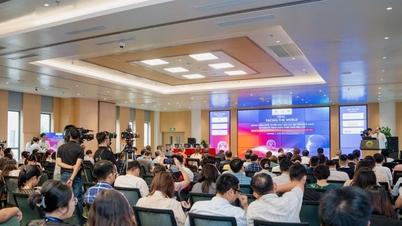

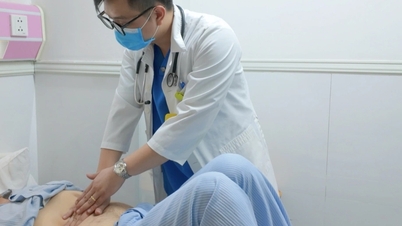






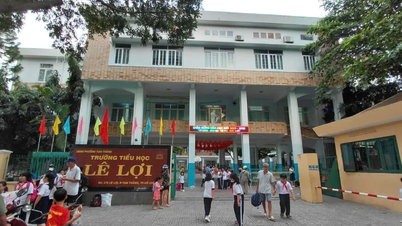



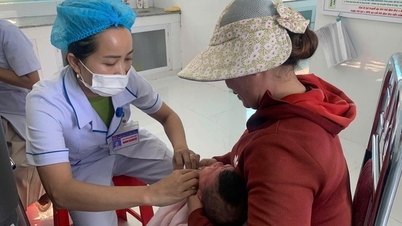











![[Photo] Prime Minister Pham Minh Chinh attends the opening of the 47th ASEAN Summit](https://vphoto.vietnam.vn/thumb/1200x675/vietnam/resource/IMAGE/2025/10/26/1761452925332_c2a-jpg.webp)














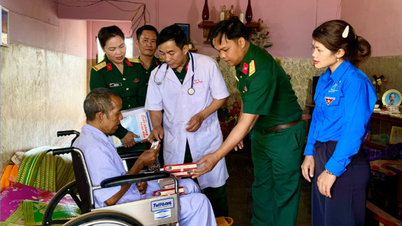


































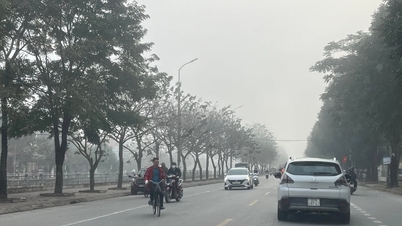





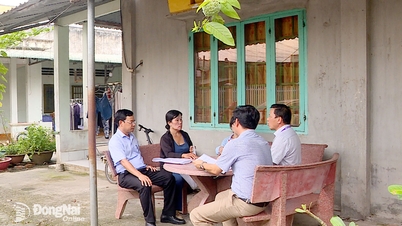
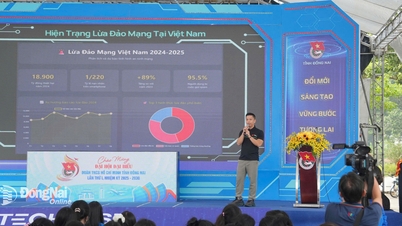

















Comment (0)